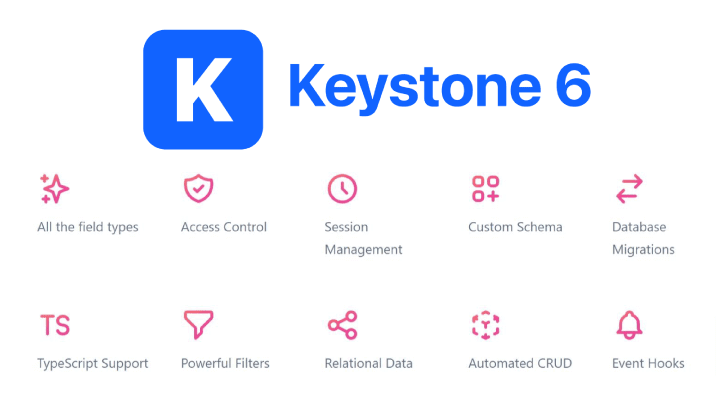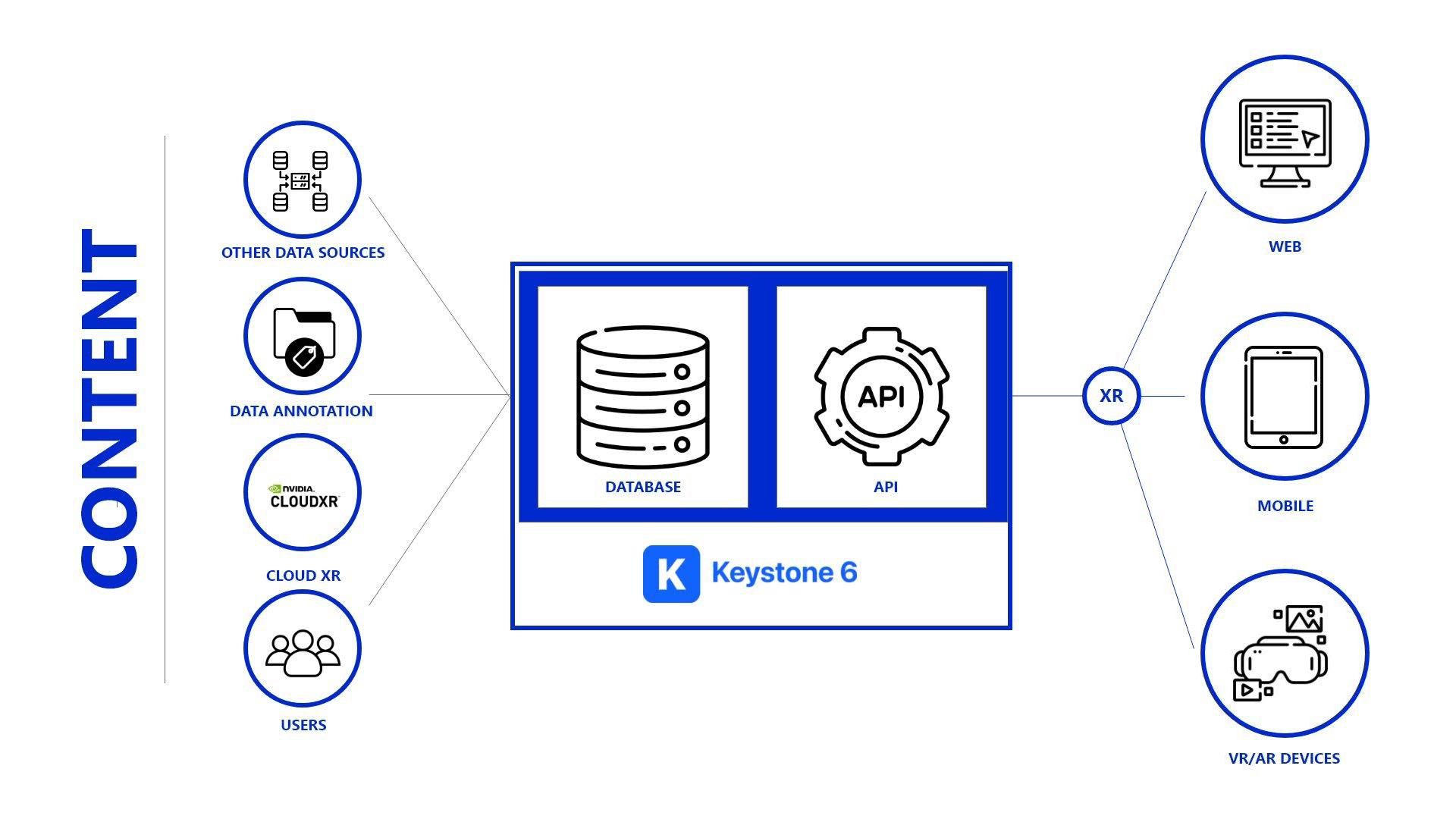In the ever-evolving sphere of performing arts heritage preservation and new content creation, the integration of Content Management Systems (CMS) technology is a crucial component for preserving cultural legacies, enhancing accessibility, and fostering innovation.
This digital tool enhances accessibility, engagement, and integration whether it’s dance or theatre’s curating dynamic performances.
The Content Management Systems (CMS) serves for digital content organisation, distribution, and optimization. At its core, it seeks to understand and enhance the tools, strategies, and technologies employed in managing vast amounts of digital content across various platforms.
The key focuses of CMS:
- CMS technologies can be designed to provide seamless, intuitive interfaces for content creators and consumers alike. This includes studying the integration of user- friendly features and responsive design principles, to ensure an optimal experience for diverse user groups.
- Content personalization. CMS can dynamically tailor content based on user behaviour, preferences, and demographic information to enhance user engagement and contribute to the efficiency of content delivery.
- Security insurance and data governance. through methodologies and technologies to fortify CMS platforms against cyber threats.
- Dynamic and constantly evolving system. Researchers are exploring the integration of new technologies, such as blockchain and augmented reality into CMS to explore novel ways of content management and distribution.
- In the future CMS research is likely to advance towards more intelligent and automated systems based on AI-driven content creation, advanced analytics for content performance, and innovations in cross-platform content distribution. AI-driven CMS anticipates user needs, automates content personalization, and enhances overall user experience. It revolutionises content creation through natural language processing, automating mundane tasks and enabling more creative endeavours. As AI algorithms evolve, CMS platforms become increasingly adept at content optimization, predictive analytics, and user behaviour analysis.
The future holds the promise of even more seamless, personalised interactions, where AI-driven CMS not only adapts to user preferences but also anticipates and shapes digital experiences, redefining the landscape of content management and its impact on diverse industries.
Premiere Approach
Premiere aims to enrich the performing art possibilities and facilitate dissemination using cutting-edge digital technologies.
The Premiere CMS will facilitate the management of live performances, virtual co- creation and rehearsing spaces, and dance and theatre archives. Overall, it will support the 3D Virtual Theatre which is a central component of the project.
The main objectives of the Premiere CMS are:
- Comprehensive Content Management: A robust CMS that comprehensively manages diverse content categories (Live performances, The Virtual co- creation and rehearsing spaces, and Dance and Theatre archives).
- Enhanced Accessibility: reduce the gap between traditional live performances and digital experiences.
- Efficient Lifecycle Support: Facilitates the entire lifecycle of performing arts productions, from content creation to preservation.
- Tailored Presentation: It enables tailored and immersive presentations of Live performances, “Rehearsal” materials, and “Archives” content within the 3VT.
- User-Centric Design: Implements a user-centric design approach, ensuring that artists, teachers, administrators, and audiences find it intuitive, user-friendly, and responsive to their needs.
- Developer-Friendly Approach: It fosters a developer-friendly environment by making the CMS available through an API, enabling developers to create custom extensions and integrations.
- Scalability: Is designed to be scalable, allowing for future growth and the addition of new features to accommodate evolving content and user needs.
The Premiere CMS operates within a structured permissions framework to control access to content creation and management. Additionally, it leverages a GraphQL API to ensure efficient and controlled access to the stored information.
Overview of this integrated approach:
- Users Roles: The Premiere CMS, which is managed by Medidata.Net, permits to assign user roles tailored to manage and interact with different types of data and content segments in the frame of the project. These provide a nuanced approach to controlling access and responsibilities within the CMS environment.
- GraphQL API Integration: The CMS extends its functionality by integrating a GraphQL API. GraphQL provides a flexible and efficient means to access, query, and manipulate content stored in the CMS. This API-driven architecture allows authorised users, applications, and systems to interact with the CMS programmatically.
- Controlled Access via GraphQL API: The GraphQL API enforces access control based on user permissions defined within the CMS. The Content Providers, A.I. Toolbox, and 3VT must authenticate and provide appropriate credentials when accessing the GraphQL API endpoint. Access to specific content and operations (e.g., retrieving live content, filtering performances, checking for subtitles) is determined by the user’s role and permissions.
- Secure Data Retrieval and Modification: Authorised users can use GraphQL queries and mutations to retrieve and modify content availability while adhering to their prescribed permissions. GraphQL’s fine-grained control ensures that users only receive the data they are authorised to access. This secure approach protects sensitive content and maintains the integrity of the CMS.
- User Interface: The design of the User Interface (UI) of the CMS is a collaborative effort with the Premiere team, ensuring that the CMS aligns with the project’s goals and evolves in response to changing requirements, providing the best possible experience to the users.
- Scalable: The CMS is user-centric and scalable, can handle increased content, user volumes, and traffic without compromising performance. Using load balancing, resource management, and database scalability techniques, the CMS has upgradable features and performance features, for delivering the best experience to the users of Premiere.

The Premiere CMS is developed using Keystone a Headless open-source software, that allows Premiere to define the adequate data schema, and provide a powerful GraphQL API & beautiful Management UI for content and data.

As the digital landscape evolves, CMS research remains a pivotal force in shaping the future of content management and dissemination. The Premiere Approach exemplifies this integration of Content Management Systems (CMS) technology, aiming to enrich performative art possibilities and facilitate dissemination using cutting-edge digital technologies. Through comprehensive content management, enhanced accessibility, efficient lifecycle support, tailored presentation, user-centric design, developer-friendly approach, and scalability, Premiere CMS will ensure a seamless and immersive experience for artists, administrators, and audiences alike.
— Rogério Ribeiro, the technical director of external projects at MEDIADATA

